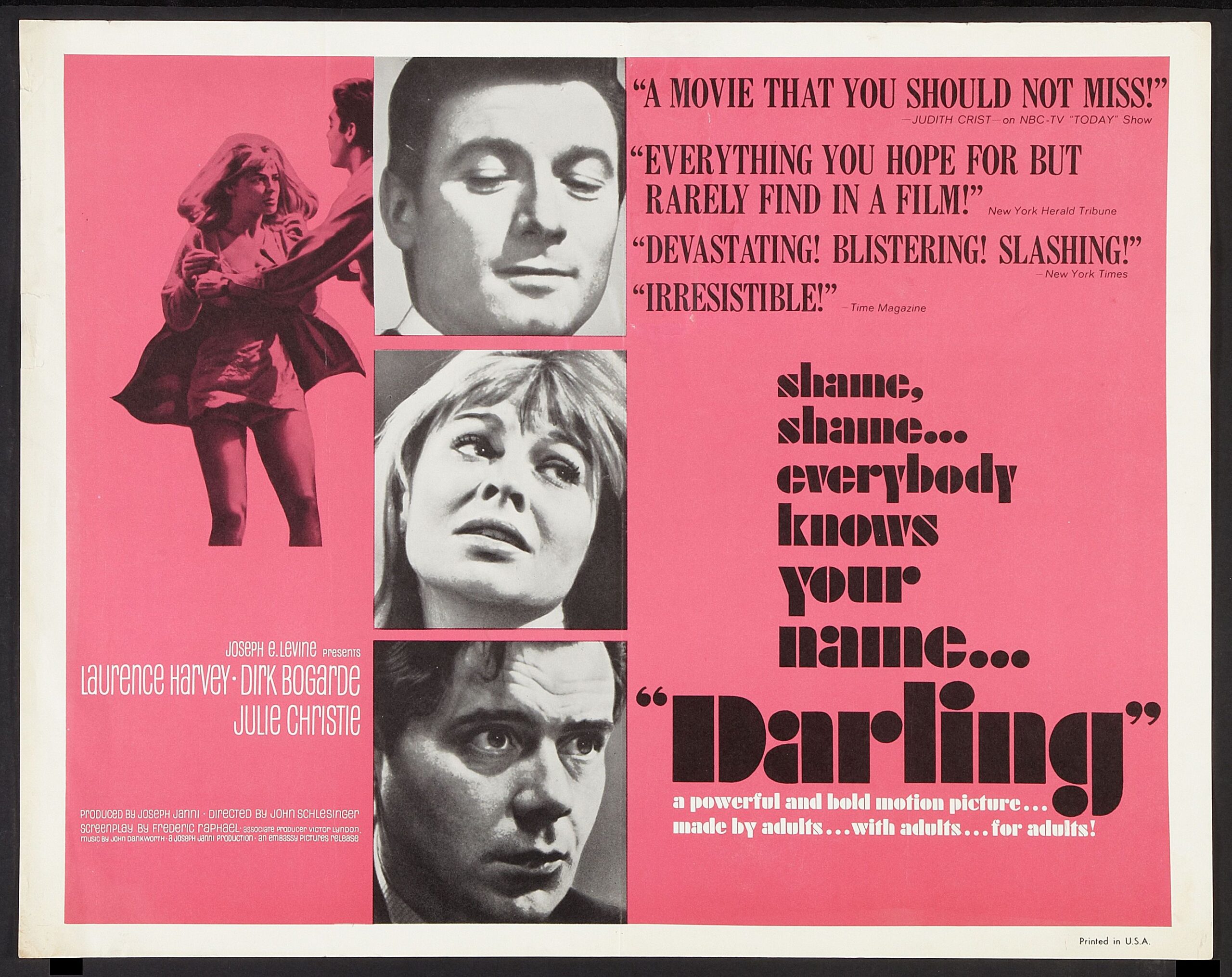
10 Interesting Facts and Figures About “Darling” (1965)
“Darling,” directed by John Schlesinger, is a classic British film that captures the essence of the 1960s cultural revolution. The film, starring Julie Christie, explores themes of fame, love, and the fleeting nature of success. Here are ten intriguing facts and figures about this iconic movie.
1. A Groundbreaking Performance
Julie Christie’s portrayal of Diana Scott earned her the Academy Award for Best Actress. Her performance was hailed as revolutionary and established her as a leading actress of her generation.
2. Box Office Success
“Darling” was a commercial success, grossing approximately £1 million at the box office. This was a significant amount for a British film during the 1960s, showcasing the popularity of the film.
3. The Screenplay
The screenplay was written by Frederic Raphael, who was inspired by his experiences in the world of fashion and the media. His sharp writing contributed to the film’s critical acclaim.
4. Cinematic Style
John Schlesinger employed a unique filming style that included a mix of documentary realism and glamorous fashion photography. This fusion helped to create a striking visual narrative that resonated with audiences.
5. Cultural Reflection
“Darling” mirrors the social changes of the 1960s, particularly in how it depicts the rise of the “Swinging London” movement. The film highlighted the contrast between traditional values and the emerging youth culture.
6. Iconic Fashion
The film features stunning fashion that defined the era, with costumes designed by the renowned designer, Jean Muir. These styles contributed to the film’s aesthetic and cultural significance.
7. Supporting Cast
In addition to Julie Christie, “Darling” features a talented supporting cast, including Dirk Bogarde and Laurence Harvey. Their performances enriched the narrative and added depth to the film.
8. Awards and Nominations
The film received multiple accolades, including three Academy Awards and several BAFTA nominations, solidifying its status as a critical success.
9. The Soundtrack
The score for “Darling” was composed by the acclaimed composer, John Barry. His music helped to evoke the emotions and themes of the film, enhancing the overall experience for viewers.
10. Lasting Legacy
“Darling” continues to be referenced in discussions about British cinema and the 1960s cultural landscape. Its impact on film and fashion remains significant, influencing future generations of filmmakers and artists.
Conclusion
“Darling” stands as a testament to the transformative power of cinema in reflecting societal changes. Its innovative storytelling, memorable performances, and rich visual style have cemented its place in film history. As we look back on this classic, it serves as a reminder of the vibrant era it represents and the enduring nature of its themes.
Discover more from Anglotees
Subscribe to get the latest posts sent to your email.
